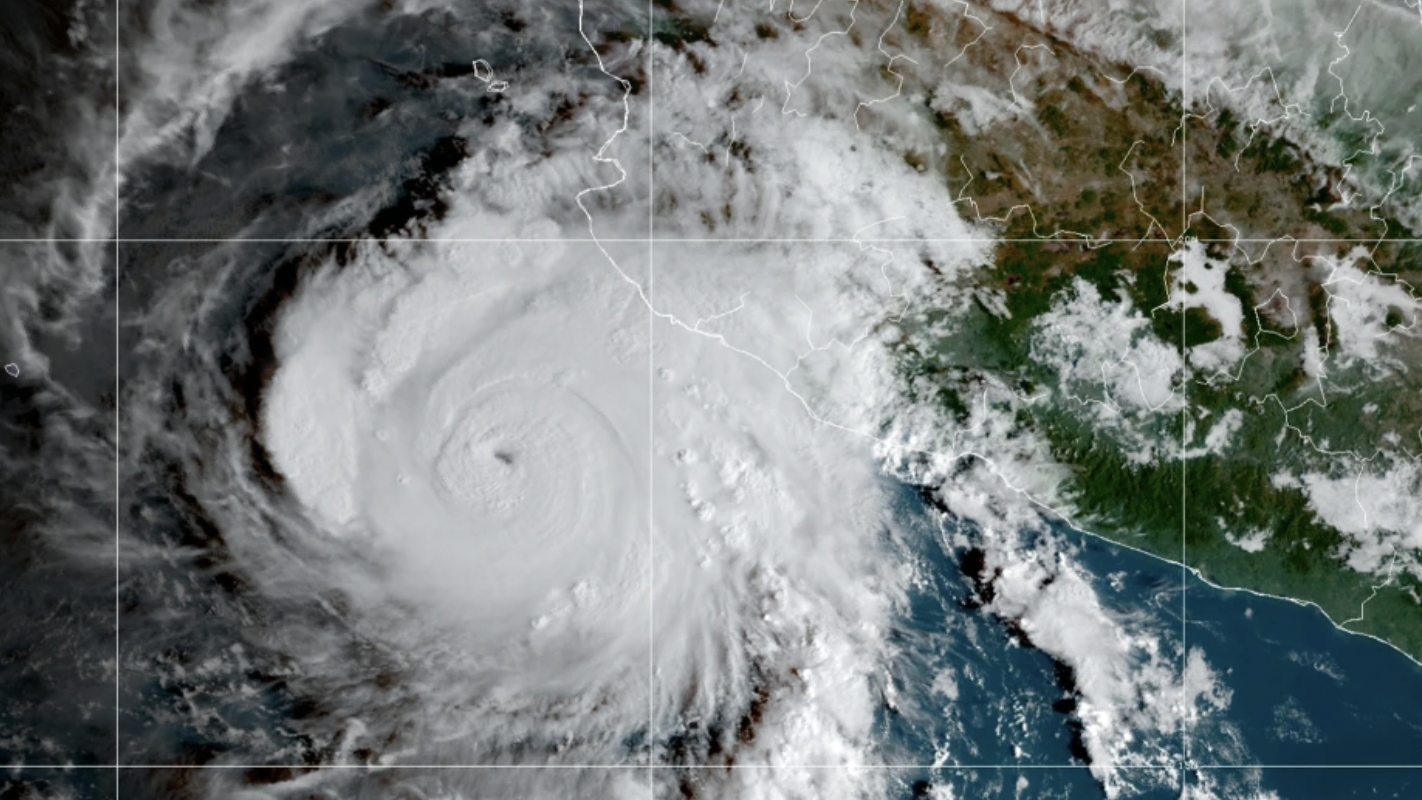Last year, the remnants of Hurricane Kay brought flooding rains to San Diego and left more than 90 dead, many of whom died at sea. But the last time a tropical storm actually made landfall in California was 1939.
Tropical systems are so rare in Southern California because a cold ocean current acts sort of like a shield, weakening storms as they approach. But, as the Pacific Ocean is warming -- along with all of our oceans from the effects of human-caused climate change -- that protection is weakening.
That's why, for the first time this season, the National Weather Service in Los Angeles and San Diego will have the ability to issue alerts for tropical storms and hurricanes.
On Friday, the first-ever Tropical Storm Watch was issued for Southern California.
Get top local stories in San Diego delivered to you every morning. Sign up for NBC San Diego's News Headlines newsletter.
"You never want to be in a situation where you're telling the public, 'this only happens every 100 years, we weren't ready for it,'" said Jamie Rhome of the National Hurricane Center. "And with the changing climate, we wanted to be sure that if there were an increase in the frequency of storms impacting Southern California, we were positioned well in advance of that threat."
Climate change has made our oceans hotter than ever recorded -- and this year, that is combining with the natural cycle of El Niño, which always amplifies the tropical risk for California.
"The warmer temperatures provide conditions that we can have storms. So as El Niño develops, you can have warmer water moving up the coastline," said Sarah Kapnick, chief scientist with the U.S. National Oceanic and Atmospheric Administration.
"Hurricanes are fueled by warm water, and the oceans now store about 90% of the extra heat humans have added to the planet because of greenhouse gases," said Andrew Pershing of Climate Central. "And so that warm ocean water fuels bigger storms, and it makes it more likely storms will undergo rapid intensification. So from a tropical storm to a powerful hurricane in a very short period of time."
Another thing scientists know for sure is that as long as we keep burning fossil fuels, we can expect hurricanes everywhere to cause a lot more flooding.
"The most solid link is with extreme rainfall," said Texas State Climatologist John Nielson-Gammon. "Extreme rainfall in general is increasing, basically because of a warmer atmosphere being able to contain more water vapor. So we expect the amount of rainfall associated with hurricanes, particularly the intense rainfall, to increase."



